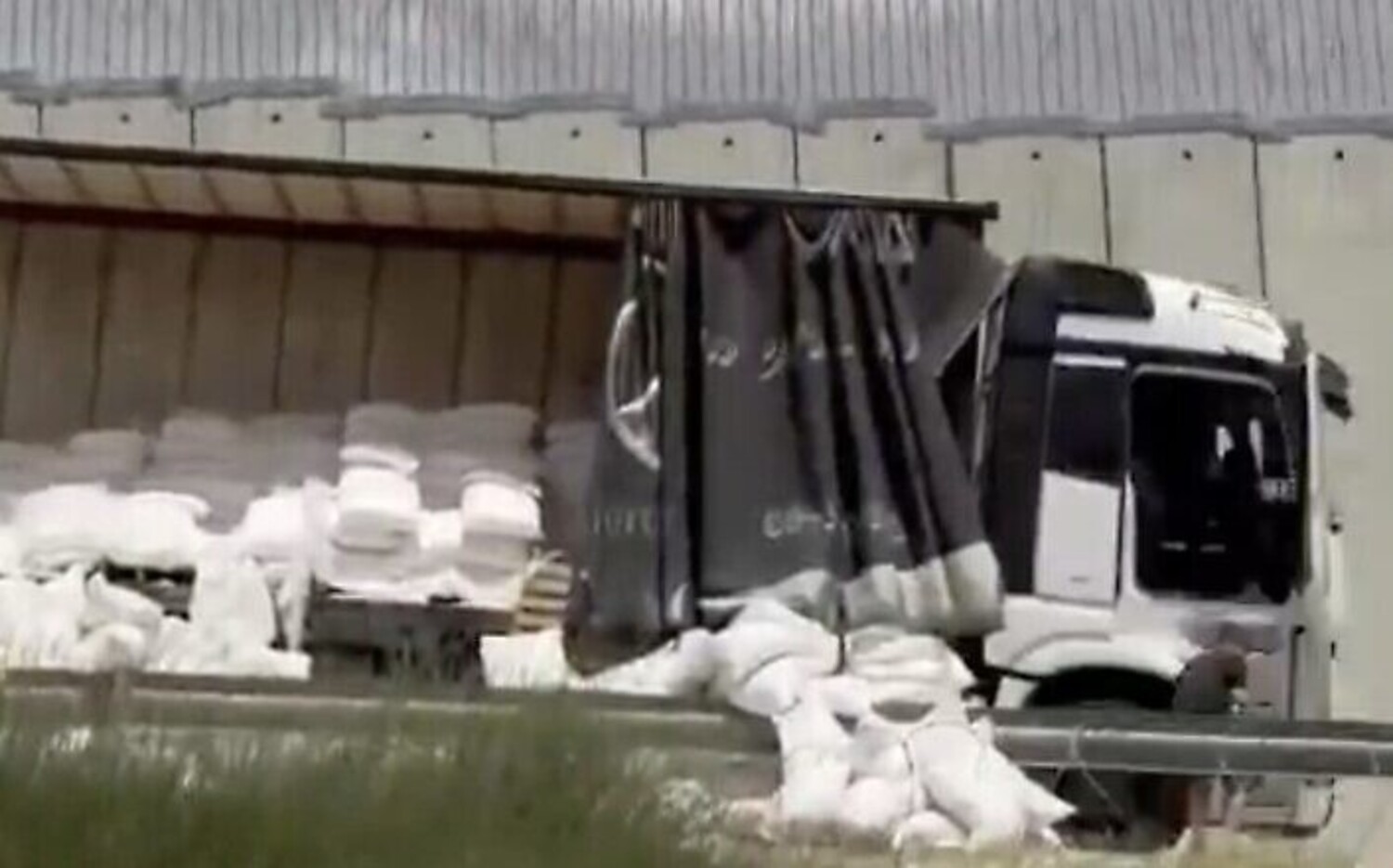The land battle in Afghanistan grinds on, but the drone war is accelerating. So far this year there have been 62 reported strikes against Afghan Taliban and affiliated insurgent groups in Pakistan. This compares with 53 strikes in 2009 and 35 in 2008, according to local media and the Pakistani military.
Yet the civilian toll appears to be dropping. Two independent tallies, drawing on the same sources, differ on the toll (mainly because of varying definitions of "civilian"). But both agree it has fallen dramatically. Bill Roggio, editor of LongWarJournal.org, reckons civilian deaths have fallen from 43 in 2009 to 10 this year. Peter Bergen of the New America Foundation thinks as many as 300 civilians may have been killed in 2009, but only 55 this year. (A government estimate puts the number much lower--about 30 total since 2008.) Why the drop? Five Defense Department, counterterror, and industry sources, talking on background because of the sensitivity of the issue, point to better intelligence about targets, more cautious controls on strikes, and what one Pentagon official calls "a new generation of weapons." Instead of being equipped with only one rocket, the Predator drones used in the strikes can now be outfitted with smaller, specialized munitions, the sources say.
The Predator's standard rocket, the Hellfire, has a 20-pound warhead designed to destroy tanks. The problem, the sources say, is the Hellfire can be too powerful. It demolishes buildings, killing everyone in them--the enemies the U.S. wants to hit, and their families, too. The Hellfire can also carry a "thermobaric" warhead, which generates a lethal pressure wave against fighters in caves. Efforts to scale back both warheads were initially unsuccessful. But a spokesman for Hellfire maker Lockheed Martin says the company has developed a multipurpose Hellfire warhead that can be reprogrammed in flight depending on the target.
A jihadi in Pakistan, who didn't want to be named for safety reasons, tells NEWSWEEK that Predators now fire two kinds of missiles: "One is like a big bomb"--the standard Hellfire--"which destroys everything, including buildings, and tears people into small pieces. The other is less destructive, killing only those in the immediate vicinity." The smaller missile, say the defense sources, is the Griffin, which has a 13-pound warhead and was developed by Raytheon specifically for the Predator. The Griffin is so small that the Predator can carry three for every Hellfire, and reports from Pakistan's tribal area suggest there have been three or four Predator "swarm" strikes of as many as 18 missiles at a time since June 2009. (A Raytheon spokesman says, "We're not able to talk about the operational use of our products." A U.S. official says, "Extreme precision has been a hallmark of this campaign.")
The impact of "Griffinization" is twofold. Operationally, Predator pilots can now launch strikes in situations where the 20-pound Hellfire is unusable, giving insurgents less cover. And politically, the decrease in civilian deaths makes the killings more acceptable to officials in Pakistan.
With Sami Yousafzai and Mark Hosenball
Uncommon Knowledge
Newsweek is committed to challenging conventional wisdom and finding connections in the search for common ground.
Newsweek is committed to challenging conventional wisdom and finding connections in the search for common ground.
About the writer
To read how Newsweek uses AI as a newsroom tool, Click here.





